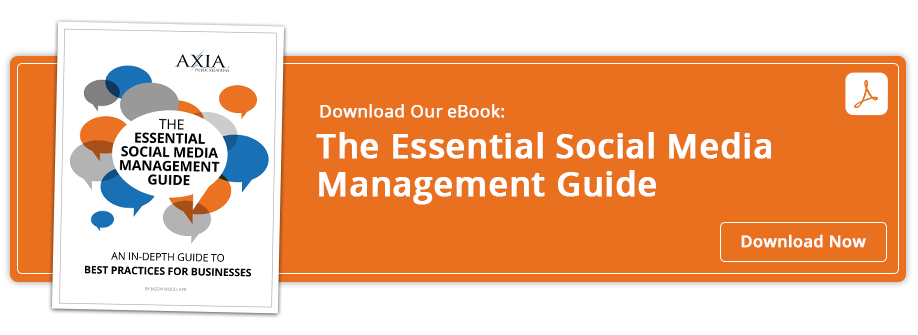Twitter’s tip-over: Why eliminating ‘share counts’ may impact usage
By Wendy Bulawa AgudeloDecember 8, 2015
 A few months ago, social media platform powerhouse Twitter announced plans to alter its design. While some changes were aesthetic, a polarizing decision to remove the “share count” button sent Twitter users, developers and social media pundits into frenzies.
A few months ago, social media platform powerhouse Twitter announced plans to alter its design. While some changes were aesthetic, a polarizing decision to remove the “share count” button sent Twitter users, developers and social media pundits into frenzies.
Twitter’s share analytics allow businesses, bloggers and everyday Twitter users to track the value (by share count) of their content. Twitter owners know instantaneously what content is perceived as most valuable. Some may wonder why the removal of the share count button is such a big deal, while others are scratching their heads over Twitter’s baffling decision.
For many, removal of the share count API could be crippling. Bloggers use this data to determine how many times blog posts are shared; social media promoters use it to prove value of ad dollars and service invested; businesses use it as social proof; and third-party application developers may integrate the API into their own applications. While each is reason enough to hit the concern button, businesses currently investing in Twitter within marketing or PR campaigns may also need to consider the following impact:
(1) Platform jumping. Twitter’s decision may result in an “abandon ship” mentality. Because businesses won’t be able to uncover analytics from Twitter the easy (or free!) way, they may simply opt to dump Twitter altogether to focus more on Instagram, Google+, Snapchat, Tumblr or others. There’s no limit to social networking, but now businesses may struggle when their most important demographics use Twitter. There may be a shift in social media engagement, promotion and ad dollar investment, all of which must be considered alongside business goals.
(2) Reduction in valuable content. If brands want to invest their dollars, it is more likely they will focus efforts in areas they can analyze for success. So, although Twitter would remain a used platform, optimal content may be reserved for publishing on alternate social media platforms. The result would be reduced engagement and may potentially diminish Twitter’s relevance.
(3) Pay-for-play expense. Given that Twitter is now placing valuable data behind a third party (acquired analytics subsidiary GNIP), it seems to be following in Facebook’s pay-for-play footsteps. Could this be an early indicator of a shifting trend in social media, where platforms become increasingly focused on revenue generation? Businesses may need to consider allowing for statistical data in their budgets.
Could Twitter’s move be a step away from the relevance of social media metrics as a whole; or a semi-greedy ploy to force usage of pay-only data analytic services? Many opine that Twitter, a publicly traded company, has lost financial favor over the last year and is therefore seeking new revenue streams (i.e., requiring businesses to sign up with third-party metric companies such as GNIP) to pad its bottom line. Others are simply left confused as to why Twitter would eliminate such a critical and vastly used component of its platform.
For years, Axia PR has counseled clients about the value of both strong social content and analytics to prove public relations success in an increasingly popular digital communications stratosphere. Are Twitter’s changes signaling the beginning of the end of social media metrics as we now know them? Social media will no doubt continue to evolve. Therefore, if you are not yet familiar with the basics, we’re here to lend a hand. Download Axia’s Essential Social Media Management Guide to learn the fundamentals and follow our blog as we continue to unveil how new developments may shift your marketing communications efforts.
 Wendy Bulawa Agudelo has more than 15 years of experience in technology, business, consumer and non-profit public relations. She regularly pens feature articles on parenting topics for Bay State Parent Magazine, serves on the Massachusetts Down Syndrome Congress PR Task Force, is a culinary enthusiast and champion for the special needs community.
Wendy Bulawa Agudelo has more than 15 years of experience in technology, business, consumer and non-profit public relations. She regularly pens feature articles on parenting topics for Bay State Parent Magazine, serves on the Massachusetts Down Syndrome Congress PR Task Force, is a culinary enthusiast and champion for the special needs community.
Featured image credit: 123rf.com
Topics: public relations, shared media


Comment on This Article